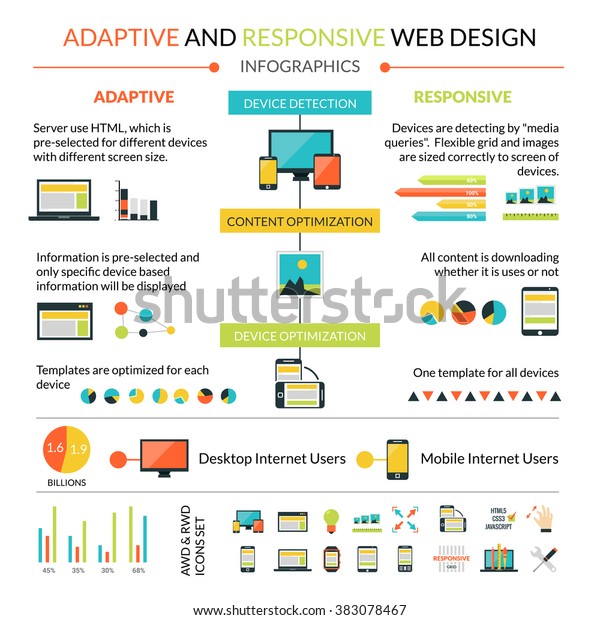If you want your web site to work well on all tools, learn the essentials of responsive web design. Ensure your website looks great on any screen dimension. Maintain visit the next page delighted and involved. Increase your website's visibility on search engines. Google likes mobile-friendly websites. Usage fluid grids, adaptable pictures, and media queries. Make sure your web content is accessible on all tools. Evaluate your site on various screens for the best customer experience. Mastering these concepts is vital for reliable receptive layout. Find out more concerning enhancing your website's functionality with receptive style techniques.
Importance of Receptive Web Design
Recognizing the value of responsive web design is essential in today's electronic landscape. Your site needs to be available and easy to use throughout various devices, including desktop computers, laptops, tablet computers, and smart devices. With the increasing use of mobile phones for net browsing, having a responsive design is no longer just a nice-to-have attribute yet a requirement.
When your site is responsive, it adjusts flawlessly to various display dimensions and resolutions, supplying an optimum viewing experience for your site visitors. This flexibility ensures that your content continues to be legible, photos are correctly shown, and navigating is user-friendly despite the device being utilized. By satisfying creative website design of mobile users, you can enhance user complete satisfaction, increase involvement, and inevitably drive conversions.
In today's affordable on-line setting, having a receptive site can likewise favorably impact your online search engine positions. Online search engine like Google prioritize mobile-friendly web sites, so by accepting responsive design, you not just enhance the customer experience yet also enhance your presence and reach online.
Secret Principles of Responsive Style
To properly implement receptive design on your site, concentrate on understanding the essential concepts that govern its flexibility across different gadgets. One fundamental principle is fluid grids, which includes using relative units like percentages as opposed to repaired units like pixels for layout design. This allows aspects to resize proportionally based upon the display dimension.
One more key concept is adaptable images and media, where images and videos are sized in a manner that adapts to the container they remain in, guaranteeing they preserve their percentages on different tools.
Furthermore, media questions play an important role in responsive layout by enabling you to use various styles based upon the device's features, such as display size. It's essential to focus on content and functionality to guarantee that customers can access the most crucial details despite the tool they're using.
Implementing Responsive Style Techniques
Begin by integrating receptive style techniques right into your web site to optimize its performance throughout numerous devices. One efficient strategy is making use of fluid grids that enable aspects to resize proportionally based on display size. This makes certain a regular format and customer experience.
An additional important strategy is employing flexible photos that can adjust to different screen dimensions without losing quality or breaking the layout. By setting max-width: 100% in CSS, images will scale appropriately.
Additionally, utilize media queries to apply various styles based on the tool's features, such as screen width or orientation. This helps customize the layout for details gadgets or display dimensions.
Executing a mobile-first strategy, where you prioritize making for smart phones prior to desktop computers, can additionally improve responsiveness.
Examining your internet site on various tools and screen dimensions is important to make sure that the style reacts well across the board. By integrating these responsive layout techniques, you can create an internet site that supplies an optimal individual experience no matter the gadget being utilized.
Final thought
Now that you understand the basics of responsive website design, you can guarantee your internet site looks terrific on any type of tool. Remember, responsive layout is like a chameleon, adapting effortlessly to its surroundings.
By concentrating on essential principles and executing methods, you can produce an user-friendly and visually attractive web site that engages your audience successfully.
Keep exercising and fine-tuning your skills to remain ahead in the ever-evolving globe of web design.
